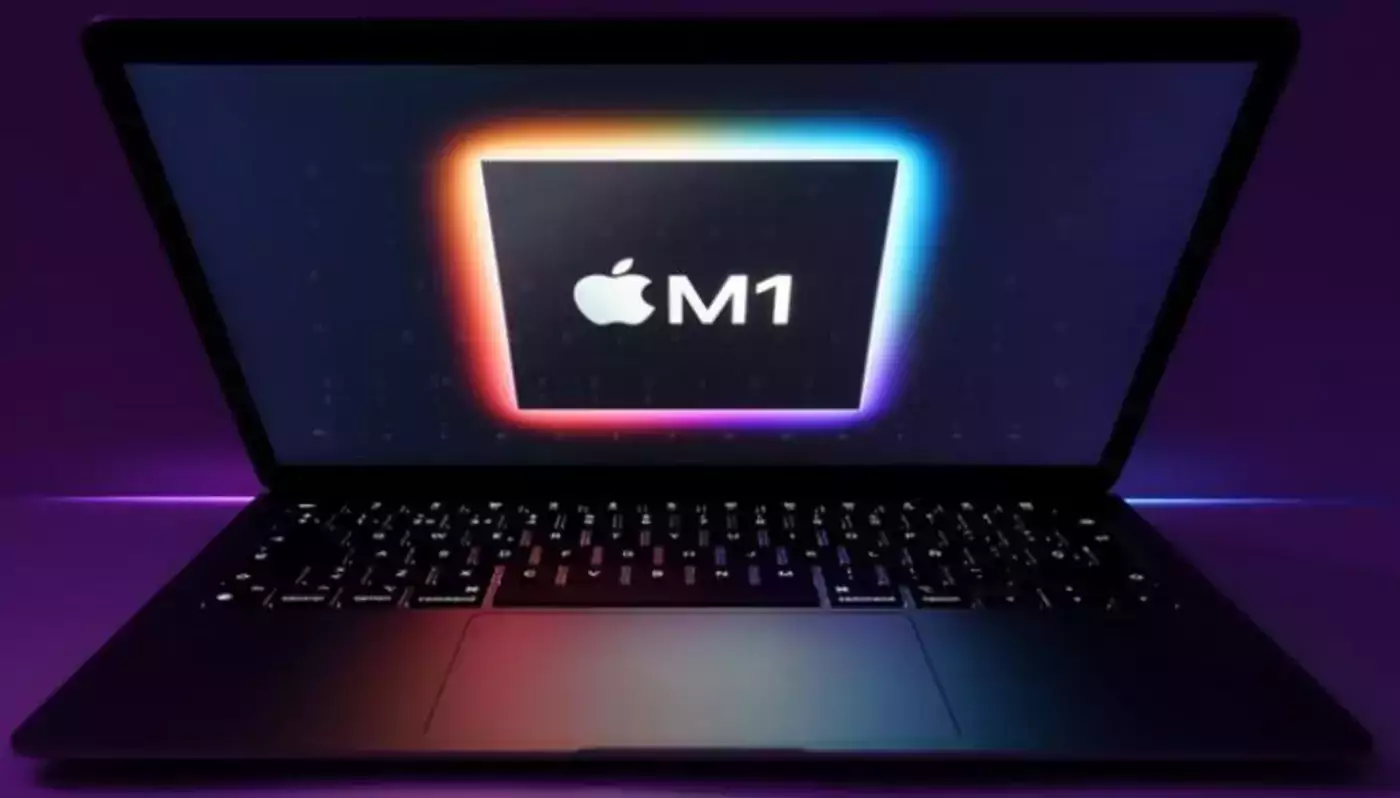Apple has unveiled its new M1 Pro and M1 Max chips featuring 10 core CPU, up to 32 core GPU, up to 64GB of unified memory, ProRes support, and more.
The new chips provide up to 70% faster CPU performance when compared to the M1 chip. In terms of GPU performance, the M1 Pro is 2x faster than M1, while the M1 Max chip is 4x faster.
M1 Pro and M1 Max also redefine memory performance. M1 Pro supports 200GB/s memory bandwidth for up to 32GB unified memory, while M1 Max supports 400GB/s memory bandwidth for up to 64GB unified memory.
This makes the M1 Max 2x faster than the M1 Pro, and 6x faster than the M1. To support professional workflows, these chips feature dedicated media engines and accelerators that support ProRes for video editing.
“M1 has transformed our most popular systems with incredible performance, custom technologies, and industry-leading power efficiency. No one has ever applied a system-on-a-chip design to a pro system until today with M1 Pro and M1 Max,” said Johny Srouji, Apple’s senior vice president of Hardware Technologies.
“With massive gains in CPU and GPU performance, up to six times the memory bandwidth, a new media engine with ProRes accelerators, and other advanced technologies, M1 Pro and M1 Max take Apple silicon even further, and are unlike anything else in a pro notebook.”

M1 Pro
Utilizing the industry-leading 5-nanometer process technology, M1 Pro packs in 33.7 billion transistors, more than 2x the amount in M1. A new 10-core CPU, including eight high-performance cores and two high-efficiency cores, is up to 70 percent faster than M1, resulting in unbelievable pro CPU performance.
Compared with the latest 8-core PC laptop chip, M1 Pro delivers up to 1.7x more CPU performance at the same power level and achieves the PC chip’s peak performance using up to 70 percent less power.
Even the most demanding tasks, like high-resolution photo editing, are handled with ease by M1 Pro.M1 Pro has an up-to-16-core GPU that is up to 2x faster than M1 and up to 7x faster than the integrated graphics on the latest 8-core PC laptop chip.
Compared to a powerful discrete GPU for PC notebooks, M1 Pro delivers more performance while using up to 70 percent less power. And M1 Pro can be configured with up to 32GB of fast unified memory, with up to 200GB/s of memory bandwidth, enabling creatives like 3D artists and game developers to do more on the go than ever before.
M1 Pro specifications
- 5nm process
- 33.7 billion transistors
- 10 core CPU
- Up to 16 core GPU
- 16 core Neural Engine
- 200GB/s memory bandwidth
- Up to 32GB unified memory
- Thunderbolt 4
- New display engine which supports up to two external displays with 6K resolution at 60Hz at over a billion colours

M1 Max
M1 Max features the same powerful 10-core CPU as M1 Pro and adds a massive 32-core GPU for up to 4x faster graphics performance than M1. With 57 billion transistors — 70 percent more than M1 Pro and 3.5x more than M1 — M1 Max is the largest chip Apple has ever built.
In addition, the GPU delivers performance comparable to a high-end GPU in a compact pro PC laptop while consuming up to 40 percent less power, and performance similar to that of the highest-end GPU in the largest PC laptops while using up to 100 watts less power.
This means less heat is generated, fans run quietly and less often, and battery life is amazing in the new MacBook Pro. M1 Max transforms graphics-intensive workflows, including up to 13x faster complex timeline rendering in Final Cut Pro compared to the previous-generation 13-inch MacBook Pro.M1 Max also offers a higher-bandwidth on-chip fabric, and doubles the memory interface compared with M1 Pro for up to 400GB/s, or nearly 6x the memory bandwidth of M1.
This allows M1 Max to be configured with up to 64GB of fast unified memory. With its unparalleled performance, M1 Max is the most powerful chip ever built for a pro notebook.
M1 Max specifications
- 5nm process
- 57 billion transistors (70% more than M1 Pro!)
- 10 core CPU
- Up to 32 core GPU
- 16 core Neural Engine
- 400GB/s memory bandwidth
- Up to 64GB unified memory
- Thunderbolt 4
- New display engine which supports up to three external displays with up to 6K resolution and one external display with up to 4K resolution at 60Hz at over a billion colours

The CPU in M1 Max is the same as M1 Pro but the more powerful GPU uses 40% less power than high-end GPUs in competing laptops.
Both these new chips have dedicated silicon for ProRes video encoding and decoding while staying highly efficient. M1 Pro supports playback of multiple streams of high-quality 4K and 8K ProRes video, while M1X can transcode ProRes video 10x faster than the fastest Intel chip in the previous 16-inch MacBook Pro.
Alongside the aforementioned features, these new chips feature Apple’s security features like Secure Enclave, hardware-verified secure boot, and runtime anti-exploitation, as well as a custom image signal processor that enhances the photos and videos.



